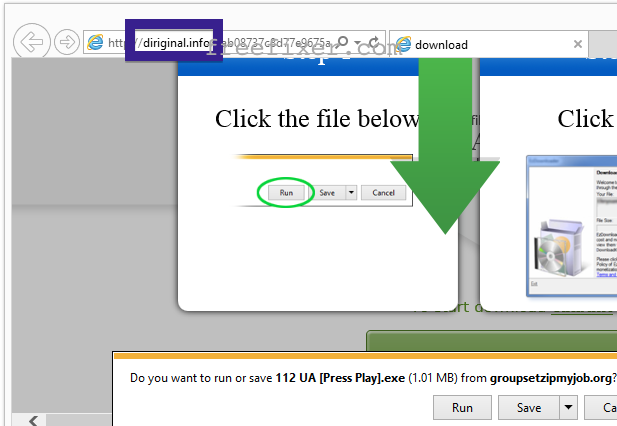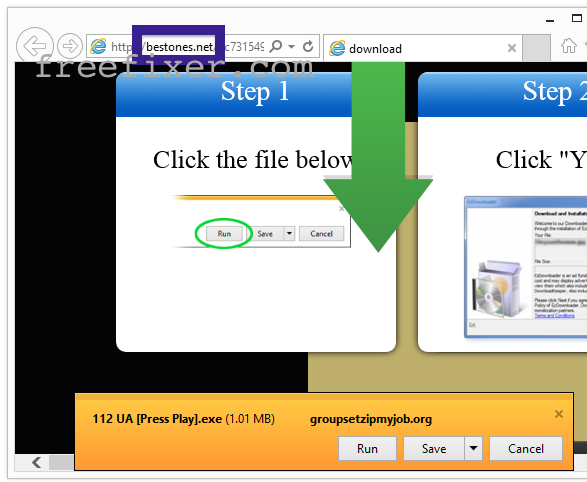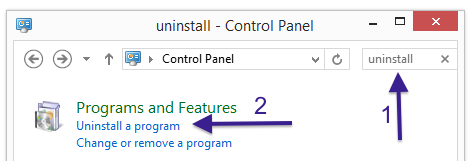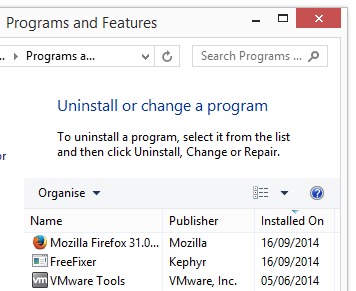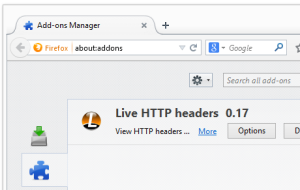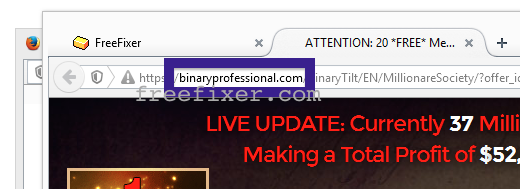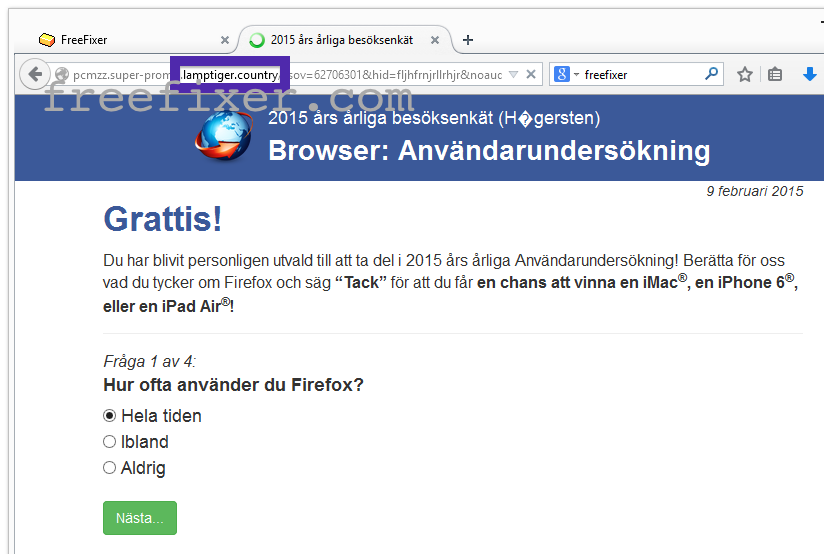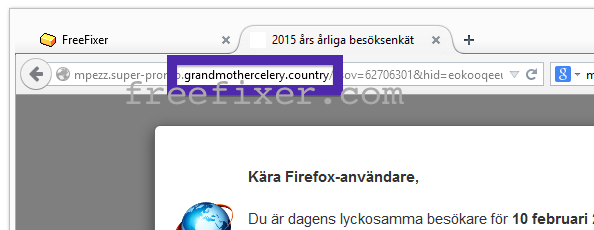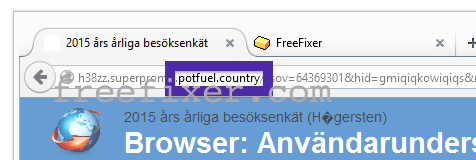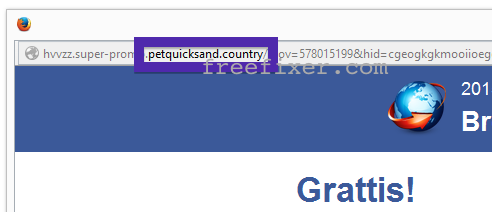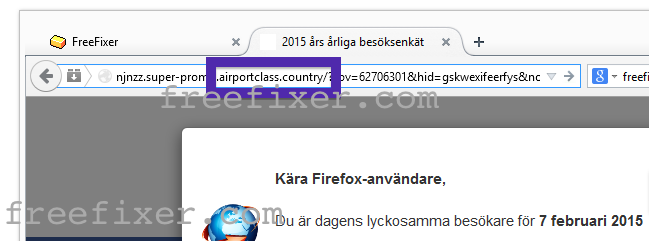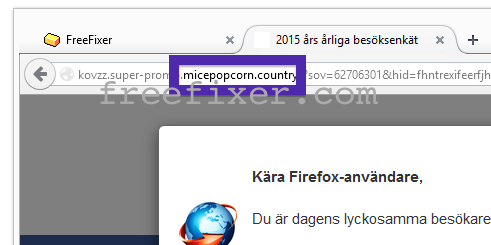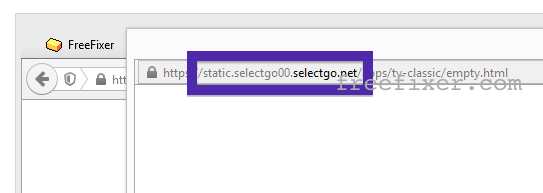Did you just get a pop-up from diriginal.info and wonder where it came from? Did the diriginal.info ad appear to have been initiated from a web site that under normal circumstances don’t use aggressive advertising such as pop-up windows? Or did the diriginal.info pop-up show up while you clicked a link on one of the big search engines, such as Google, Bing or Yahoo?
Here is a screenshot on the diriginal.info pop-up from my computer:
The download pushed here was digitally signed by Andrey Hmelnikov. The download is hosted at groupsetzipmyjob.org.
Does this sound like your experience, you probably have some adware installed on your machine that pops up the diriginal.info ads. So don’t flame the people that runs the web site you were at, the advertisements are almost certainly not coming from that site, but from the adware that’s installed on your system. I’ll do my best to help you with the diriginal.info removal in this blog post.
For those that are new to the blog: A little while back I dedicated some of my lab machines and intentionally installed some adware programs on them. Since then I have been tracking the behaviour on these computers to see what kinds of advertisements that are displayed. I’m also looking on other interesting things such as if the adware updates itself automatically, or if it downloads and installs additional unwanted software on the systems. I first spotted the diriginal.info pop-up on one of these lab computers.
diriginal.info resolves to the 54.69.104.255 address. diriginal.info was created on 2014-08-21.
So, how do you remove the diriginal.info pop-up ads? On the machine where I got the diriginal.info ads I had PriceLess, PriceFountain, PriceHorse, OfferBoulevard and SpeedCheck installed. I removed them with FreeFixer and that stopped the diriginal.info pop-ups and all the other ads I was getting in Internet Explorer.
It seems as diriginal.info is getting quite a lot of traffic, based on Alexa’s traffic rank:
The issue with this type of pop-up is that it can be launched by many variants of adware, not just the adware running on my computer. This makes it impossible to say exactly what you need to remove to stop the pop-ups.
Anyway, here’s my suggestion for the diriginal.info ads removal:
- Check what programs you have installed in the Add/Remove programs dialog in the Windows Control Panel. Do you see anything that you don’t remember installing or that was recently installed?
- How about your browser add-ons. Anything in the list that you don’t remember installing?
- If that did not help, I’d recommend a scan with FreeFixer to manually track down the adware. FreeFixer is a freeware tool that I’m working on that scans your computer at lots of locations, such as browser add-ons, processes, Windows services, recently modified files, etc. If you want to get additional details about a file in the scan result, you can click the More Info link for that file and a web page will open up with a VirusTotal report which will be very useful to determine if the file is safe or malware:

An example of FreeFixer’s “More Info” links. Click for full size.
Here’s a video guide showing how to remove pop-up ads with FreeFixer:
Did this blog post help you to remove the diriginal.info popup ads? Please let me know or how I can improve this blog post.
Thank you!
